Idea by
Svitlana Usychenko, Maksym Rokmaniko, Orest Yaremchuk, Anastasiia Chaur, Diana Azzuz, Mykola Holovko
Center for Spatial Technologies
Call for ideas 2021
Networked Homes
Networked Homes
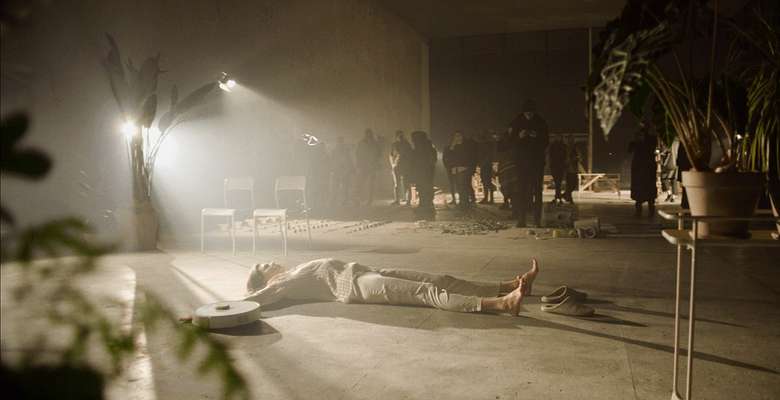
- Systemic changes
Buildings are networks of elements that come together in time and space. Each screw, a bag of concrete, or a window, comes from places all across the planet, affecting economies and environments.
The choice of flooring, for example, affects the soundscape of the space, its smell, how it feels to step on it with bare feet, how easy it is to get rid of the bacteria that populate it, how many working hours will pay off its cost, and how long the floor will last. With a choice comes the responsibility. Can the old floor be renovated?
"Networked Homes" is a medium to model interdependencies within the built environment, to show it's elements as active things, constantly interacting with each other and the humans. It's a framework to trace the most interesting socio-material interactions and design new ones.

For the last year we have been modeling a digital twin of our new workspace-home — not just to assign an address to each object, but to see what happens when they start talking to each other. An investigation of the trajectories those elements take to get to the point of destination, their social and environmental impacts.
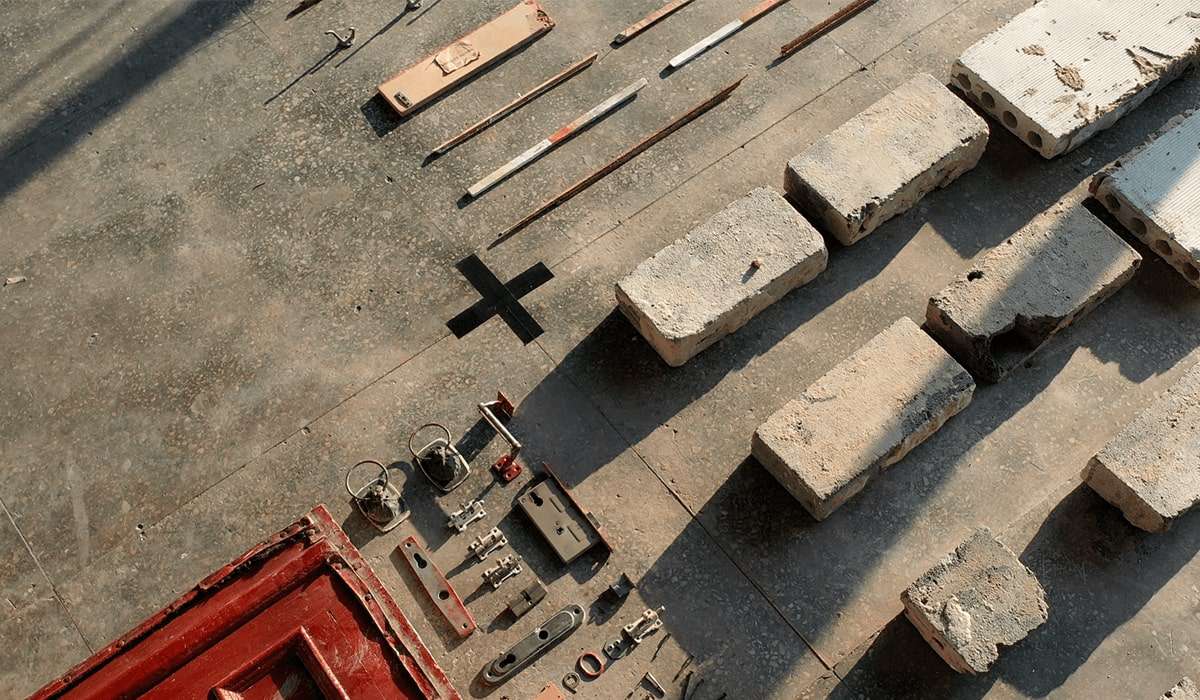
We gathered all the receipts for all the construction material purchased for the renovation and were constantly scanning the space using photogrammetry. We modelled not only the objects in space but also their various characteristics: who did what work on them, using what instruments, how much did it cost, what materials were used.
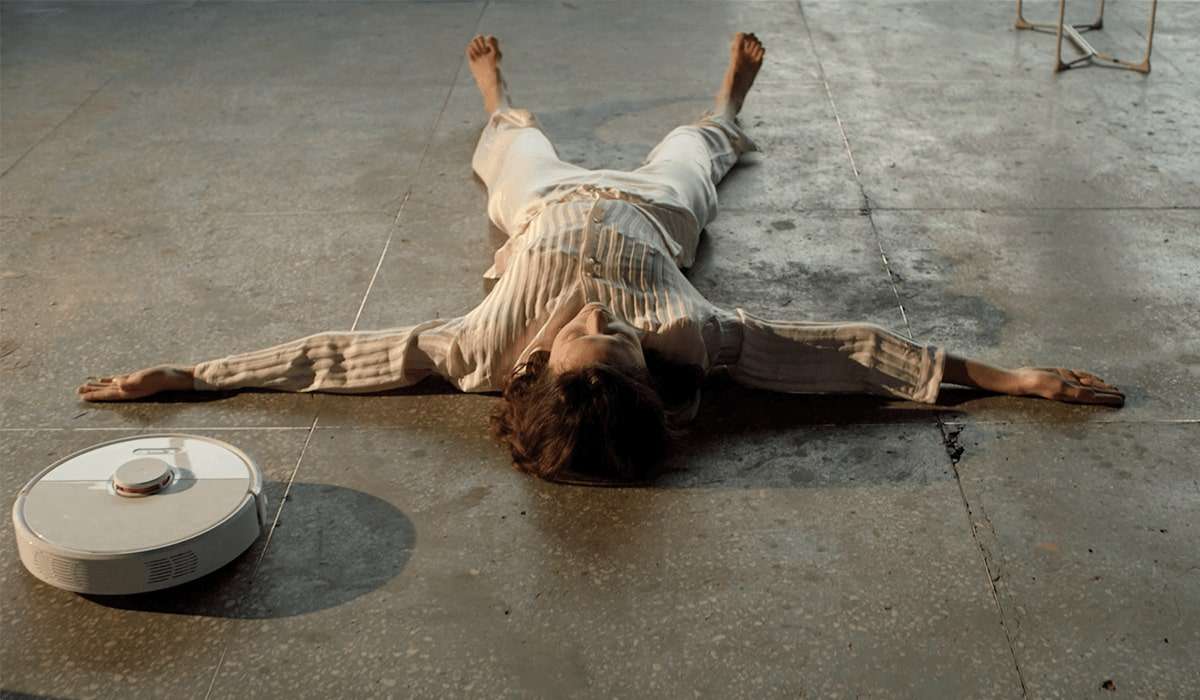
The habit of tracing interactions between human and nonhuman entities within the built environment is what we practice with Networked Homes.
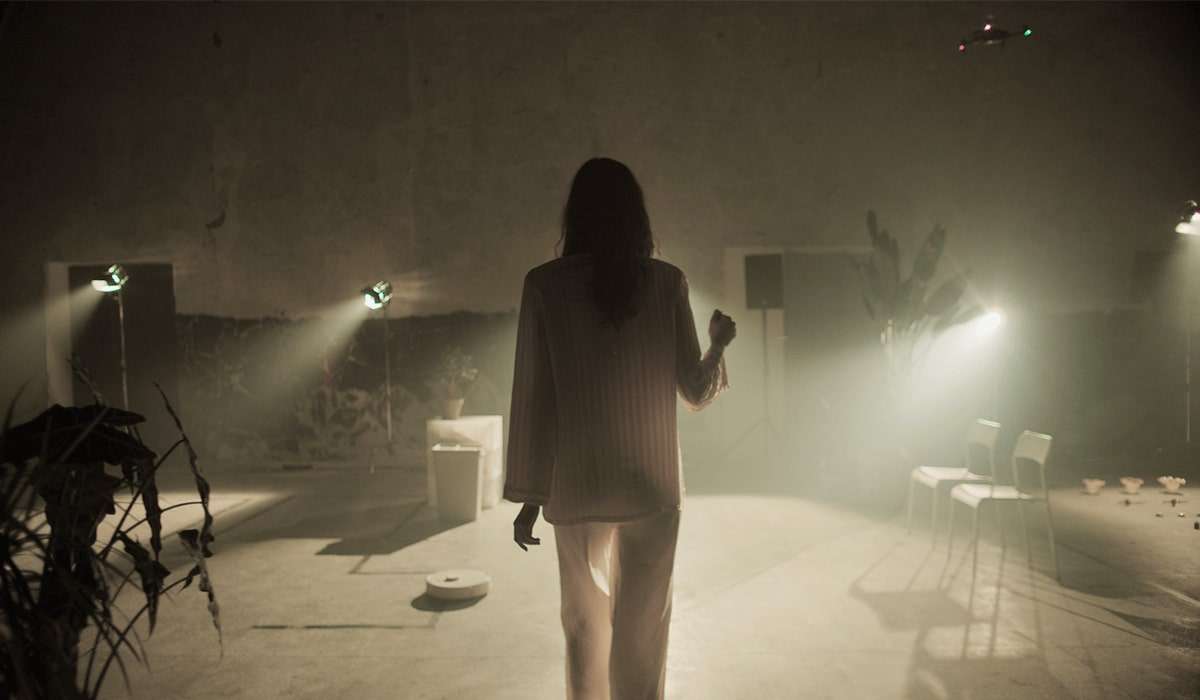
Later on, we could imagine ways to protect some things, assigning them a juridical person's subjecthood. For instance, construction elements, responsible for high carbon emissions can be insured to not be demolished prior to their expiry date.
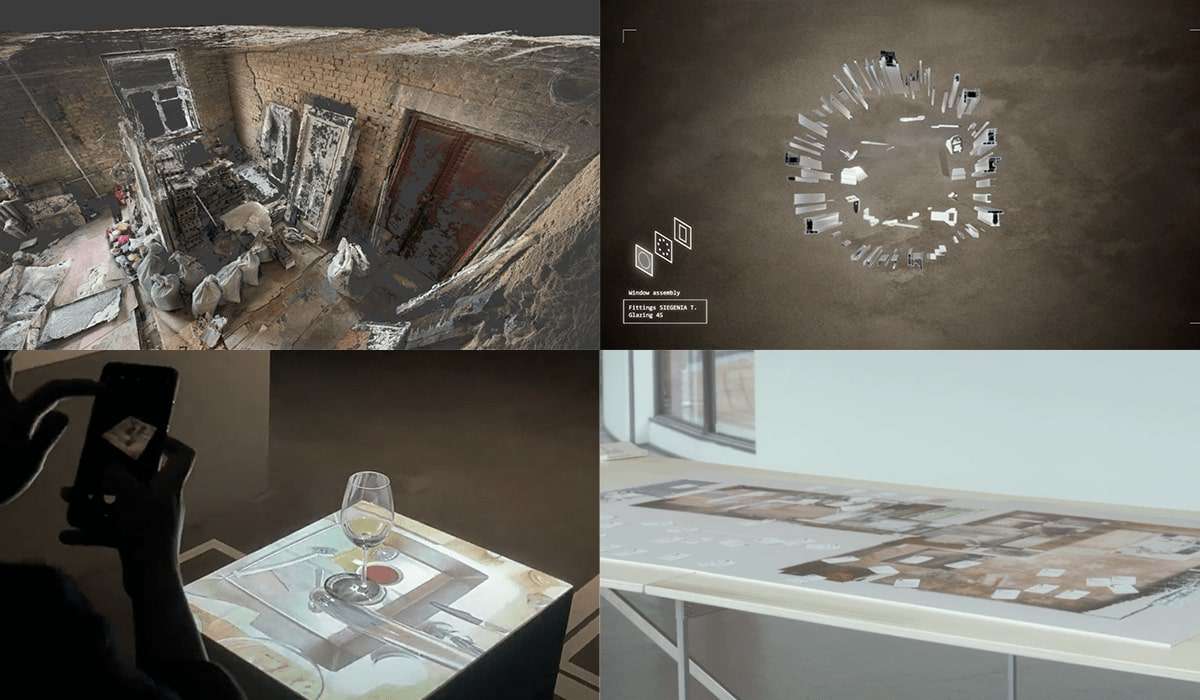
Networked Homes exhibitions: Milano Triennale 2020, Material Regestry Video in collaboration with Dark Matter Labs, Tbilisi Architecture Biennale 2020 (Ivano-Frankivsk Pavilion, Kyiv Pavilion, Dnipro Pavilion), Vienna Design Week Virtual Headquarters
Networked Homes
Networked Homes

- Systemic changes
Buildings are networks of elements that come together in time and space. Each screw, a bag of concrete, or a window, comes from places all across the planet, affecting economies and environments.
The choice of flooring, for example, affects the soundscape of the space, its smell, how it feels to step on it with bare feet, how easy it is to get rid of the bacteria that populate it, how many working hours will pay off its cost, and how long the floor will last. With a choice comes the responsibility. Can the old floor be renovated?
"Networked Homes" is a medium to model interdependencies within the built environment, to show it's elements as active things, constantly interacting with each other and the humans. It's a framework to trace the most interesting socio-material interactions and design new ones.
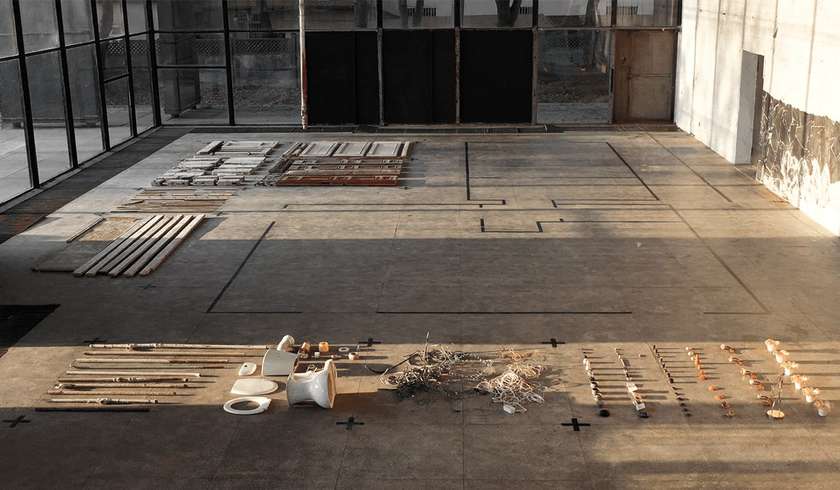
For the last year we have been modeling a digital twin of our new workspace-home — not just to assign an address to each object, but to see what happens when they start talking to each other. An investigation of the trajectories those elements take to get to the point of destination, their social and environmental impacts.
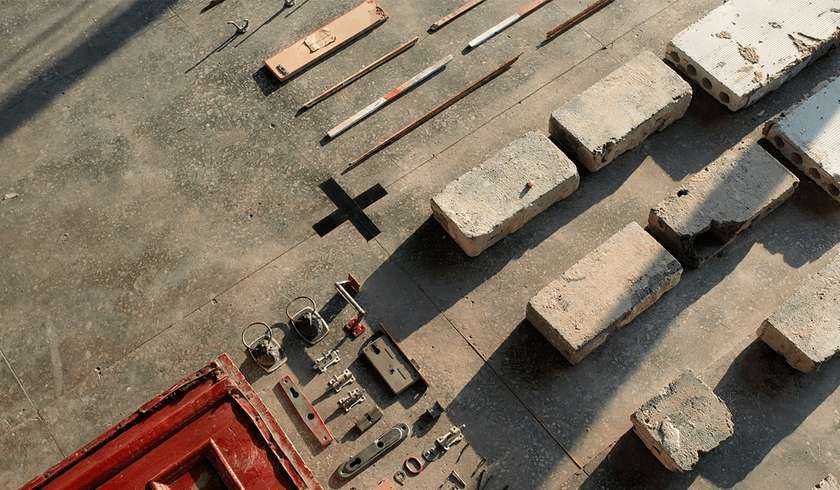
We gathered all the receipts for all the construction material purchased for the renovation and were constantly scanning the space using photogrammetry. We modelled not only the objects in space but also their various characteristics: who did what work on them, using what instruments, how much did it cost, what materials were used.
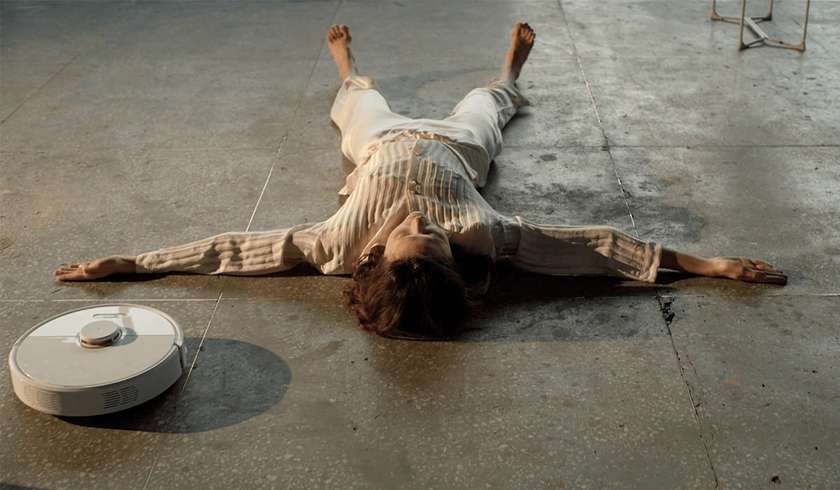
The habit of tracing interactions between human and nonhuman entities within the built environment is what we practice with Networked Homes.
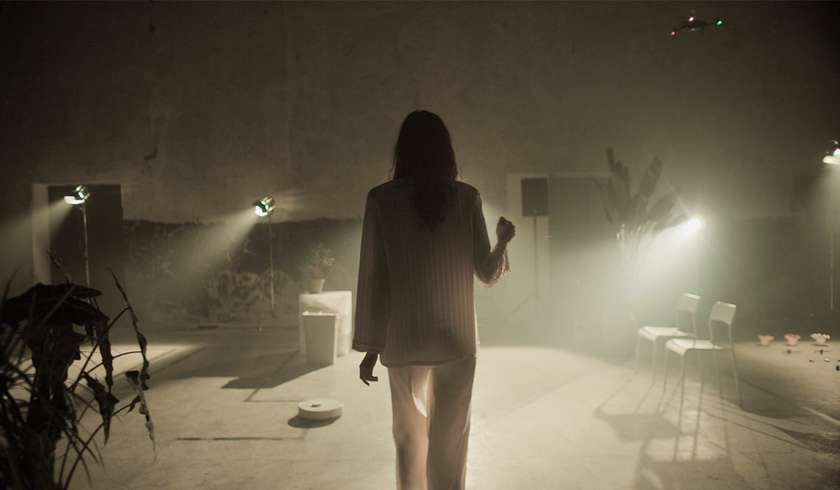
Later on, we could imagine ways to protect some things, assigning them a juridical person's subjecthood. For instance, construction elements, responsible for high carbon emissions can be insured to not be demolished prior to their expiry date.
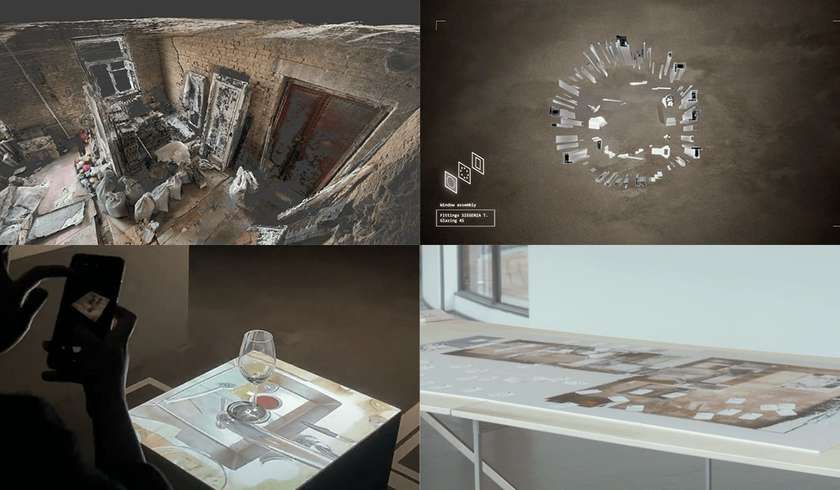
Networked Homes exhibitions: Milano Triennale 2020, Material Regestry Video in collaboration with Dark Matter Labs, Tbilisi Architecture Biennale 2020 (Ivano-Frankivsk Pavilion, Kyiv Pavilion, Dnipro Pavilion), Vienna Design Week Virtual Headquarters